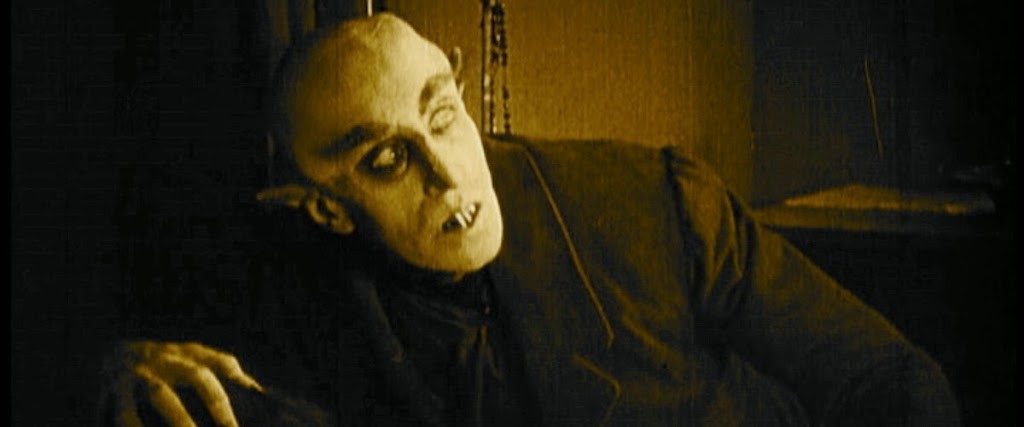
..the world seems full of good men—even if there are monsters in it.
― Bram Stoker, Dracula
Of all the monsters—loved and hated—Dracula ranks first among monster fans and screenwriters. According to Guinness World Record, the Big Screen and TV have resurrected Dracula more than any other horror character.
Additionally, if one goes beyond monsters and examines literature, they’ll find Dracula has been portrayed more than any other literary character including Sir Arthur Conan Doyle’s Sherlock. As of August 2015, Dracula had starred on film—cinema and TV—more than 538 times; whereas, Sherlock—a mere 299 appearances.
Our Image of Dracula
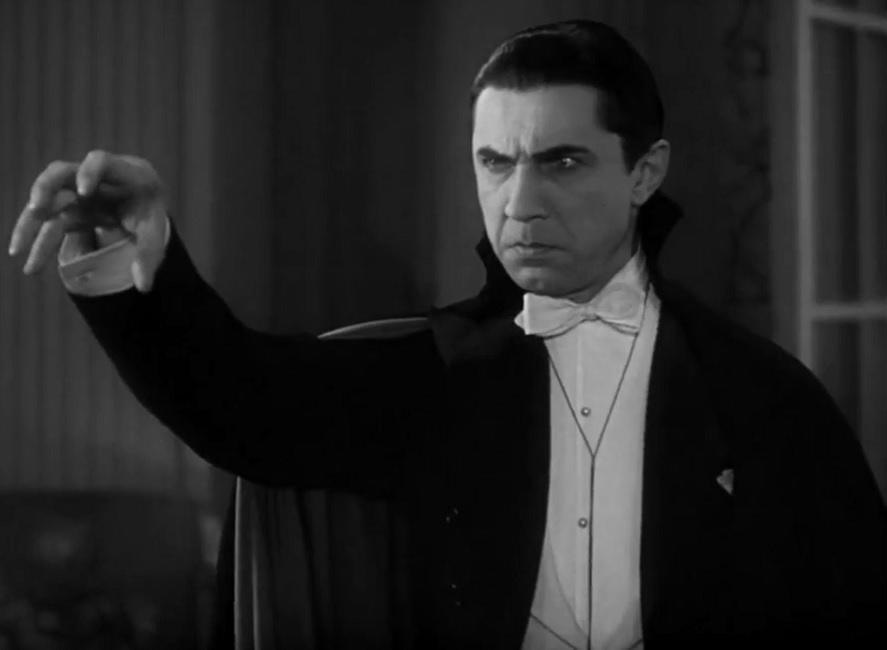
Although many of us associate this monster’s popularity with Bela Lugosi’s 1931 portrayal of him, Dracula had already appeared seven times prior to Lugosi’s interpretation of the character. The first being a danish production in 1910.
Below are two little known facts about the Hungarian actor.
- He turned down the part of Frankenstein. His rival Boris Karloff accepted the role and made the monster famous.
- He was buried in a Dracula cape, not at his request, but at the request on his wife and son.
Today
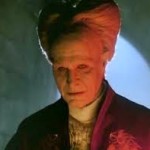
Modern television, film, and literature are alive and well with the influence of Dracula, and though vampires have been around since the beginning of Greek Mythology, it is Irish author Bram Stoker’s genius that we can credit for our contemporary concept of vampires.
However it was Gary Oldman’s interpretation of Dracula, and of course his costume designer, who freed the creature from his black cape in the 1992 movie Bram Stoker’s Dracula. This is the only Dracula movie to win Oscars.
Origins of Dracula
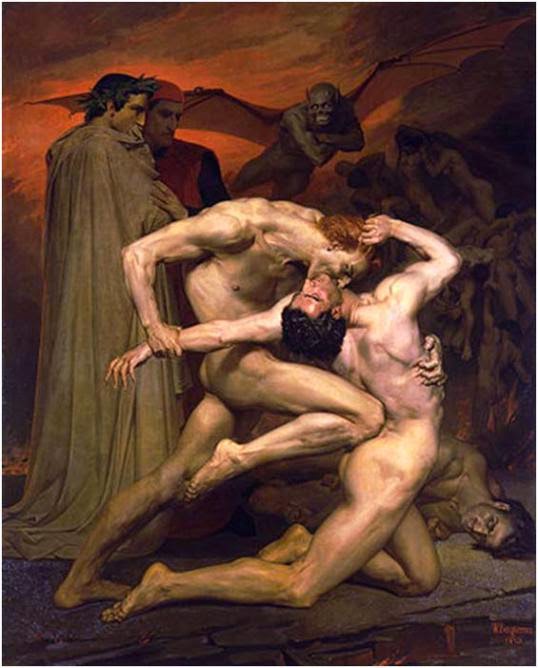
Stoker’s story of Dracula bears a marked resemblance to the Greek myth involving the lovers Ambrogio and Selene right down to the hiding in a coffin during the day, being immortal, and sucking blood from a loved one. Greek mythology enthusiasts believe this to be true origin of vampirism.
But there are vampire stories dating back to ancient Egypt such as the story of Sekhmet. and some regard the biblical character Lilith to be a vampire. She drank the blood of children, some say.
These myths all have one thing in common—lovers. Stoker didn’t write in a love interest for his Dracula—past or present. It’s in the movie, yes, but that’s the movie version.
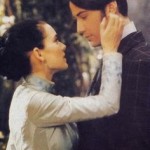
In contrast, Stoker’s novel depicts Dracula as merely a blood-sucking fiend, not some lovely version of Ian Somerhalder, or Paul Wesley, or Robert Patterson. Nevertheless, there is a love story in the book and it’s between Mina Murray (Winona Ryder), and Jonathan Harker (Keanu Reeves).
Are we safe in saying, love—in some form—is necessary in the plot line to create a legendary monster?
The Love Test
Let’s put our legendary monsters to the test.
- Frankenstein is looking for love, perhaps in all the wrong places, aka the Bride of Frankenstein, nonetheless he seeks love.
- Dracula, in many movie versions, is seeking his long lost love in Mina. And in the book there is the Mina and Jonathan love story.
- The Mummy is cursed and mummified alive for trying to resurrect his forbidden lover. But this is just in the cinematic version. The first fictional mummy was introduced by author Jane C. Loudon in her 1827 book, The Mummy: Or A Tale of the Twenty-Second Century, and it is science fiction with none of cursed-mummy-resurrected-by-incantation plot. Loudon’s mummy, Cheops, is revived via a galvanic machine—how very futuristic. The cursed Mummy’s forbidden love interest was initiated for the 1932 movie staring Boris The King Karloff. I think it’s safe to conclude that—for the sake of the populace and popularity—a lover evolved for The Mummy.
- The Wolf Man, in whatever version you wish to study, always appears to have a love interest.
To Create
In order to create an everlasting monster, it appears the following elements are needed.
- He must be created from the imagination of a writer.
- The monster should be so depraved—in actions or appearance or both—that society and even his maker reject him and try to destroy him. This gives the monster something with which we as humans can empathize.
- His detestability is derived from something unnatural like the dead coming back to life, the undead, or being composed of the parts of numerous dead people.
- Love—either as the monster’s main motivation or as a backstory for the creature’s journey.
Probe-filing of Dracula
We can blame our current vampire craze on John Polidori‘s short prose, written in 1819, titled The Vampyre.
It was an immediate success for two reasons:
1. It was initially attributed to Lord Byron.
2. Polidori transformed the vampire from a ghoulish fiend of folklore into a charming, but blood-sucking lover, who preferred the rich and tasty over the poor and unhealthy. Polidori’s vampire is the one we most often associate with our modern interpretations of vampirism.
Discussion
My research is purely selfish. Yes, I am a lover of the classic movie monsters. But it is my obsession to create such as being—follow in Mary Shelley’s footprints so to speak. (Her daughter’s name was Clara after all.)
In my community discussions, people keep bringing up zombies, aliens, and even orks. Yes, they are monsters, but they are also a collective, a hive. There is not one zombie that stands out as the most monstrous of all. There is not a single entity that denotes zombie, or alien, or orks.
Comment to Consider
I received a very interesting comment on my blog about Frankenstein. He suggested that a monster needed to be created from the fears of the society.
I think a classic monster should be born from societal fears. Suppression and oppression of the turn of the century…technology and nuclear fears of the mid century…and the government or global fears of technology now…even aliens (fear of space/ other cultures/ technology). A classic monster should tie itself to the era in which it is born, but also tackle a subject that is universal and timeless. — O
Though the comment is both eloquent and thought-provoking, should a monster be the product of the societal fears prevalent in an era? What do you think?
Frankenstein, Dracula, Wolf Man, and The Mummy all made appearances on the big screen between 1931-1958, appearances that impacted their popularity. Therefore, in a way they are all from the same era.
Interesting also, Frankenstein was written in 1818, The Mummy in 1827, and Dracula in 1897. They all were written in the same century and a time with societal fears much different from today’s stressors. Yet, even today, they still reign as the ultimate monsters.
The one that doesn’t fit is Wolf Man, but he dates back as far as history. There have always been legends of men turning into wolves. One of the most notable is Malory’s werewolf, Marrok, who appears in his book Le Morte d’ Arthur published in 1485.
My Thoughts
Since three of the Big Four come from similar eras, I don’t believe using the criteria that monsters need to be the product of societal fears is a must-have for our guidelines. A maybe. Maybe. But not a must. What is your thought?
As for me, I don’t necessarily want my monster to remind me of all the real stuff going on around me. Instead, I want him to be so compelling, monstrous, and badass that my world doesn’t look so dreadful.
People like me:
…take refuge in make-believe terrors so the real ones don’t overwhelm us.
- Coghlan’s Traveling Coffin Urban Legend - April 4, 2024
- Richmond Vampire Urban Legend - March 7, 2024
- Lick Lick Urban Legend - February 8, 2024
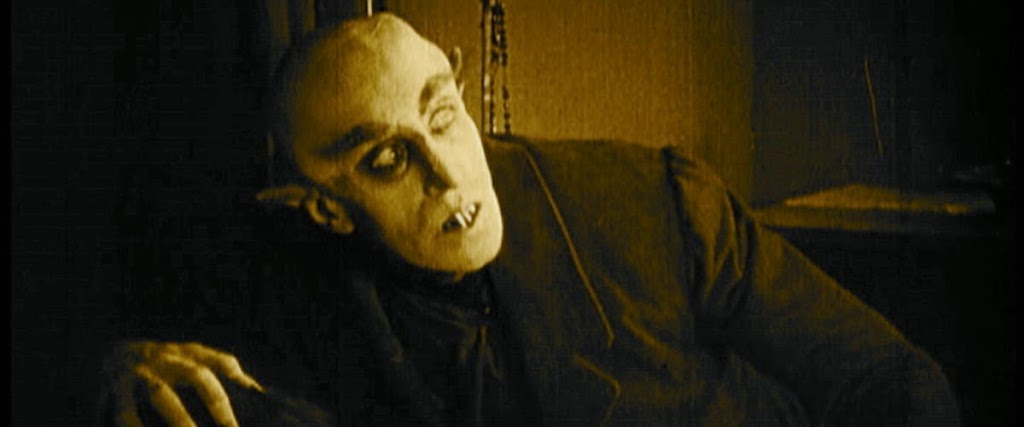
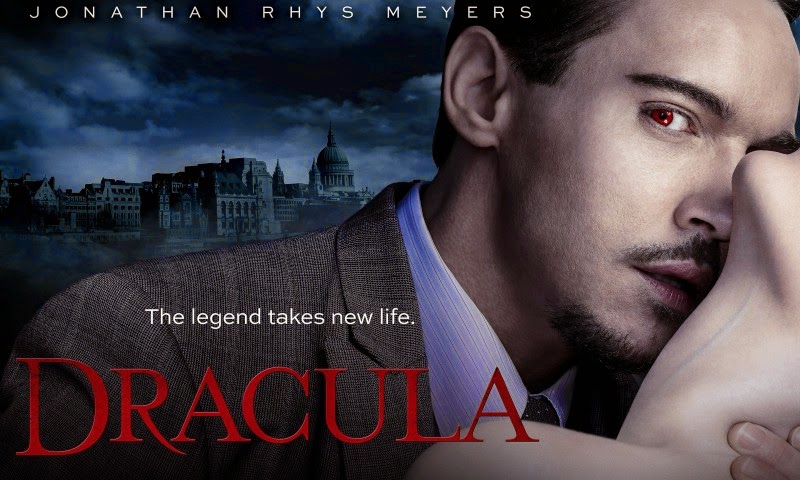

2 replies on “Dracula: Creating Monsters”
Love…. a great addition. But is it a requirement or a trend? Love, indeed, is a scary thing – for good reason. haha
On another note, ran across this and thought of your blog.
http://www.denofgeek.us/books-comics/stephen-king/212748/the-10-greatest-supernatural-stephen-king-villains
Not sure love can be a trend since the emotion appears in one form or another in all the original works.
Frankenstein—Wants Victor to create a mate.
Dracula—Polidori’s version has a love story
Mummy—Not really a love story, but a young man trying to escape an arranged marriage.
So I believe it’s a requirement rather than a trend.
Although, Hollywood did much to capitalize on its necessity and enhance its impact on movie goers.
Love the website. Much great information there. Thank you. Keep the thought-provoking discussion going.
You are making me think. Ouch it hurts.